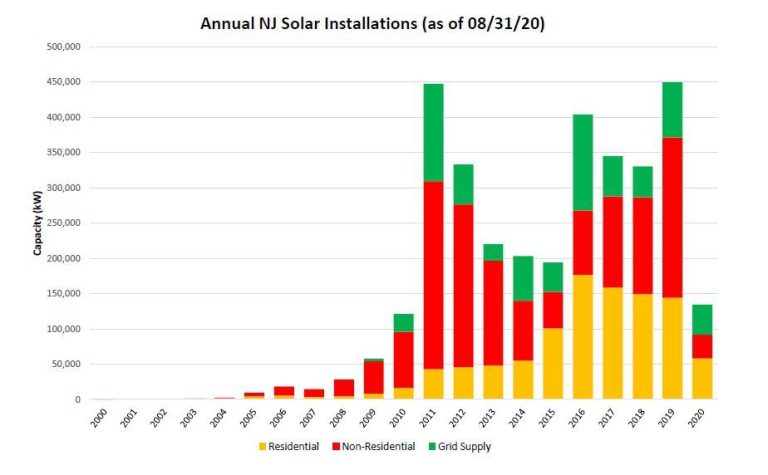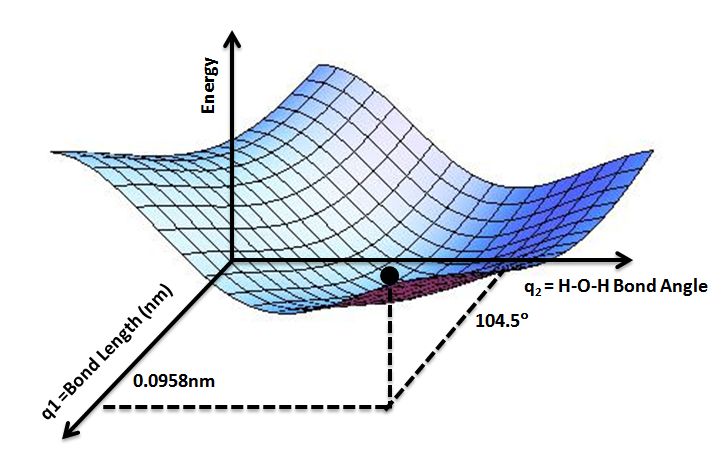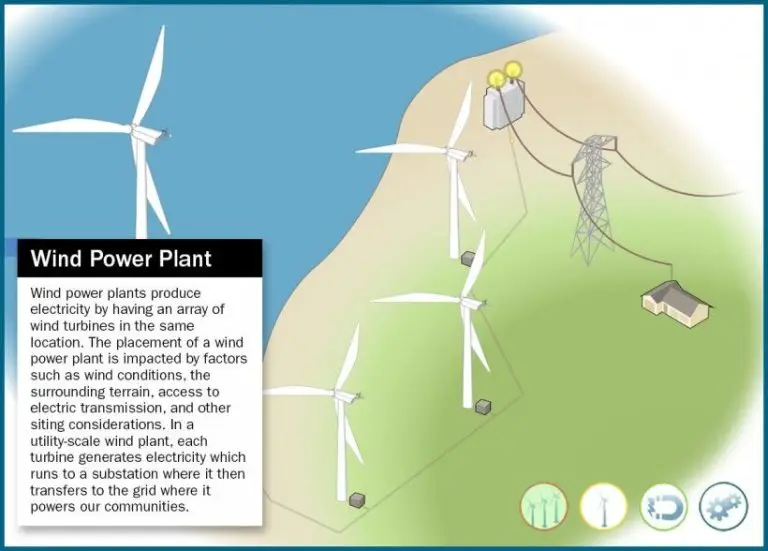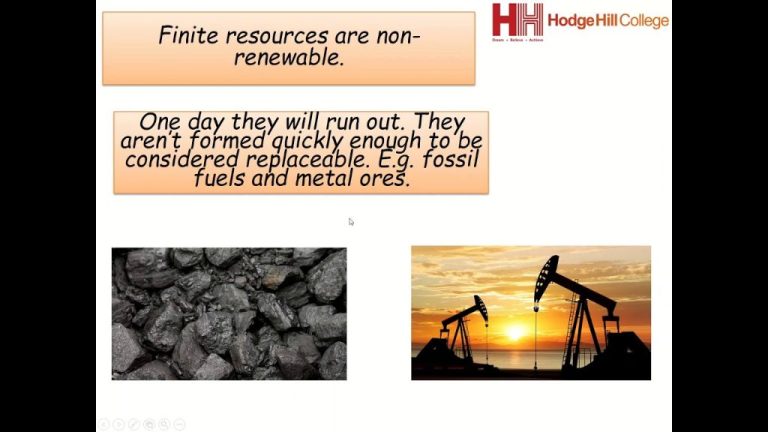How Is Magnetism Connected To Electricity?
Magnetism and electricity are fundamental forces of nature that have fascinated humans for thousands of years. Early civilizations were aware of strange magnetic stones and electrostatic sparks from rubbing objects like amber, but the connections between the two phenomena were not understood until the 19th century. This article explores how scientists uncovered the deep relationship between magnetism and electricity over centuries of study, leading to technologies that transformed the modern world. Our goal is to provide insight into this pivotal discovery and highlight the key experiments and theories that enabled us to harness electricity and magnetism in everyday life.
History of Understanding Magnetism and Electricity
The connection between magnetism and electricity has fascinated humans for centuries. Early civilizations were aware of naturally occurring magnetism from lodestones. The ancient Greeks observed that rubbing amber created a mysterious attractive force, which we now know as static electricity. However, it took many more discoveries before people could demonstrate and understand the link between electricity and magnetism.
In the 1600s, English scientist William Gilbert conducted experiments with magnets and hypothesized that the Earth itself is a large magnet. Additional experiments revealed that electric charge could be stored and conducted. Benjamin Franklin demonstrated the electrical nature of lightning in the 1700s. Italian physicist Alessandro Volta created the first electric battery, providing a stable source of electric current for experimentation. This paved the way for electromagnetism to be studied systematically.
In 1820, Danish scientist Hans Christian Ørsted made a crucial breakthrough when he noticed that an electric current could deflect a magnetic compass needle. This showed that electricity generates a magnetic field. Ørsted had empirically proven the connection between electricity and magnetism. French physicist André-Marie Ampère then mathematically formulated this relationship and the important concept of current-carrying conductors generating circular magnetic fields around them. Through the pioneering work of scientists like Ørsted, Ampère and Michael Faraday, the modern framework linking electricity and magnetism was established during the 19th century.
Magnetic Fields
A magnetic field is a field of force produced by moving electric charges or a magnet. Magnetic fields are represented by continuous lines of force. The direction of the magnetic field at any point is tangent to the line of force at that point.
The strength of the magnetic field, measured in teslas (T), is proportional to the density of the lines of force. The closer the lines are together, the stronger the magnetic field. There are no isolated magnetic poles the way there are for electric charges. Instead, the magnetic field lines form continuous closed loops.
Magnetic fields are produced by moving charges, such as electrons flowing through a wire in an electric current. The magnetic field produced is perpendicular to the direction of the electron flow. Magnetic fields are also produced by permanent magnets, which are materials in which the electron spins are aligned within domains in the material.
The magnitude of the magnetic field produced by an electric current depends on the amount of current and the spacing of the conductors. When current flows through a coil of wire, the individual magnetic fields from each turn of the wire coil combine to produce a concentrated magnetic field down the center axis of the coil.
The Earth itself produces a magnetic field, which is believed to be caused by electric currents in the molten metallic core of the planet. The Earth’s magnetic field is roughly equivalent to that of a giant bar magnet at the center of the planet.
Electromagnetic Induction
In 1831, Michael Faraday discovered that motion between a magnetic field and a conductor can produce electricity. This phenomenon is known as electromagnetic induction.
Faraday found that moving a magnet near a coil of wire caused an electric current to flow in the wire. The current flowed because the change in magnetic field across the coil induced a voltage within the coil according to Faraday’s law of induction:
E = -N*(dΦB/dt)
Where E is the induced emf (voltage), N is the number of coils, and dΦB/dt is the rate of change of magnetic flux through the coil. This shows that a changing magnetic field will create an electric field, which causes charges to move and create a current.
The discovery of electromagnetic induction enabled the development of generators and transformers that are essential for generating and distributing electricity today. Generators use motion between conductors and magnetic fields to produce sustained voltage, while transformers use induction to step voltages up or down for efficient power transmission.
The induction principle is also the basis for technologies like induction motors, inductive charging, and metal detectors. Overall, the linkage between electricity and magnetism through electromagnetic induction is a fundamental concept behind much of our modern electric infrastructure and technology.
Ampere’s Law
Ampere’s Law demonstrates the deep connection between electricity and magnetism. It states that an electric current produces a magnetic field. The magnetic field winds around the electric current, with the strength of the field proportional to the amount of current. This relationship shows that electricity and magnetism are intrinsically linked.
The law is named after the French physicist Andre-Marie Ampere. In 1820, Ampere discovered that coils of wire carrying electric current act like magnets. He found that two wires side-by-side carrying current exert forces on each other, either attracting or repelling depending on the direction of the current. From many ingenious experiments, Ampere formulated his law relating the integrated magnetic field around a closed loop to the electric current passing through the loop.
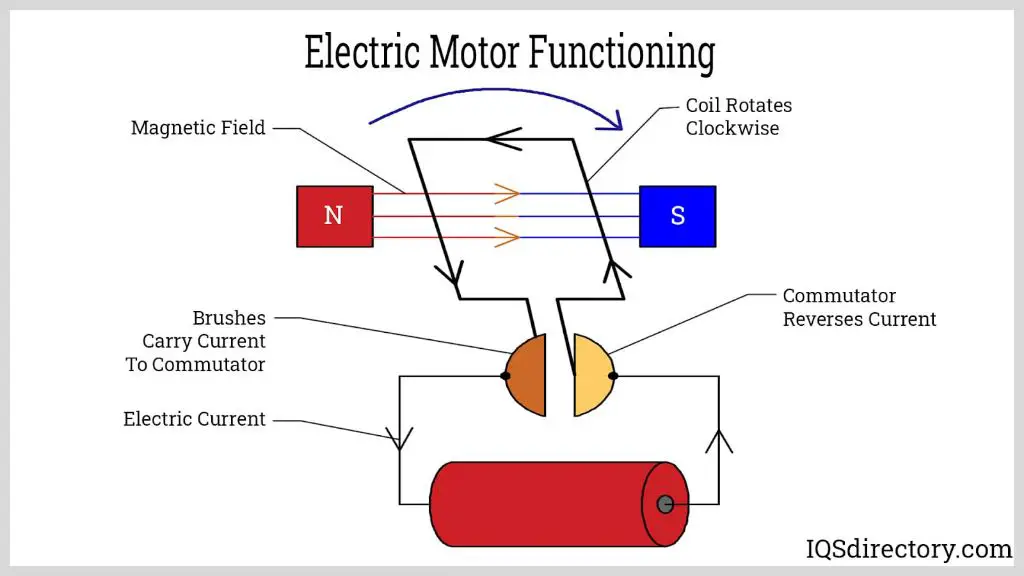
Ampere’s Law mathematically links electricity and magnetism. It shows that an electric charge in motion generates a magnetic field. Electricity and magnetism, rather than being separate phenomena, are actually two different aspects of the same electromagnetic force. Ampere’s discoveries were pivotal in understanding electromagnetism.
Electromagnets
One of the most important discoveries connecting electricity and magnetism was that electricity can be used to create magnetism. An electromagnet is created by running an electric current through a coil wound around a core made of a magnetic material like iron. When the current flows through the coil, a magnetic field is generated around the core, magnetizing the core into a magnet. The strength of the magnetic field, and thus the strength of the electromagnet, depends on the number of coils, the amount of current flowing, and the magnetic permeability of the core material.
Electromagnets have many useful applications in devices like motors, generators, magnetic cranes, and door latches. Unlike permanent magnets, electromagnets can be turned on and off by controlling the electric current. They can also have their magnetic strength adjusted by increasing or decreasing the current. This flexibility allows electromagnets to perform tasks like lifting heavy objects or generating electricity.
One of the most common applications is the relay, which uses an electromagnet to control a switch. When the electromagnet is energized, it operates the switch to complete or break an electrical circuit. Relays allow a small current to control a much larger current, enabling applications like turning high-power devices on and off.
Speakers and buzzers also use electromagnets. An audio signal is sent to the electromagnet, which causes the magnetic field to fluctuate according to the varying current. This oscillating field moves a diaphragm to produce sound waves.
In summary, the discovery that electricity could magnetize materials created the practical and versatile technology of electromagnets. Their uses range from lifting scrap metal to generating electricity on an industrial scale, exemplifying the deep connection between magnetism and electricity.
Generators
Generators utilize Faraday’s law of electromagnetic induction and Ampere’s law to convert mechanical energy into electrical energy. A generator works by rotating coils of wire inside a magnetic field. As the coils rotate through the magnetic field, the changing magnetic flux induces an electromotive force (EMF) in the coils. This EMF generates an electric current in the coils, producing electricity.
The key components of a generator are the rotor, stator, and exciter. The rotor is the rotating part containing the coils of wire. The stator provides the stationary magnetic field, usually produced by electromagnets. The exciter supplies direct current to the electromagnets, creating the magnetic field. As the rotor spins, it cuts through the magnetic lines of force, inducing an alternating EMF and current output.
Generators allow us to produce electricity from various mechanical power sources. For example, in power plants generators are spun by steam turbines, gas turbines, or hydro turbines. Standby generators can be powered by gasoline or diesel engines. And in renewable energy, generators can be driven by wind turbines or hydroelectric dams to produce clean electricity.
By utilizing Faraday’s and Ampere’s laws, generators have enabled the widespread transmission and distribution of electricity around the world. They allow the conversion of all types of mechanical rotation into usable electrical power through the brilliant interplay between electricity and magnetism.
Motors
Motors provide one of the clearest examples of the connection between magnetism and electricity. A motor uses the force created by magnetic fields to do mechanical work. Inside an electric motor, there are coils of wire called the armature (rotating part) and the field magnets (stationary part). When electric current flows through the coils, it creates a magnetic field. The magnetic field of the armature interacts with the magnetic field of the field magnets, creating a force that rotates the armature. The power of the motor depends on the strength of the magnetic fields. Stronger fields that interact can exert more turning force on the armature. The speed of the motor depends on the rate at which the current and magnetic fields alternate by switching polarity. This allows motors to achieve high speeds.
Motors demonstrate how we can convert electricity into motion and mechanical work through magnetism. They are found in numerous applications from small hobby motors to the large motors used in hybrid/electric vehicles, elevators, and industrial machinery. The ability to leverage magnetic fields to produce force and motion from electricity has been tremendously useful for humankind.
Maxwell’s Equations
In the 1860s, Scottish physicist James Clerk Maxwell unified various discoveries in electricity and magnetism into four elegant equations. These “Maxwell’s Equations” demonstrated that electricity, magnetism, and light are all manifestations of the same phenomenon – the electromagnetic field.
Maxwell’s Equations describe how electric and magnetic fields are generated by charges and currents. They show that a changing electric field produces a magnetic field and vice versa. This interplay between electric and magnetic fields is the basis for electromagnetic radiation like light.
One of the most profound insights from Maxwell’s Equations is that electromagnetic waves can propagate through space at the speed of light. This led Maxwell to propose that light itself is an electromagnetic wave. Maxwell’s Equations demonstrated for the first time that electricity, magnetism, and light are fundamentally intertwined.
The unification provided by Maxwell’s Equations was a huge leap forward in physics. His elegant mathematical framework demonstrated that all electromagnetic phenomena could be described by four simple equations. They are considered one of the greatest achievements in physics and opened the door to developing quantum theory and relativity in the 20th century.
Conclusion
To recap, electricity and magnetism have a profound and deep-rooted relationship that enables much of the modern technology we enjoy today. The discovery of the link between electricity and magnetism was an incremental process, with contributions from Oersted, Ampere, Faraday and Maxwell over the 19th century. Their work established that electrical currents produce magnetic fields, that changing magnetic fields induce electrical currents, and that light itself is an electromagnetic wave. Maxwell’s equations beautifully summarized these interconnections through fundamental laws of electromagnetism.
This electromagnetism underpins electric generators and motors that convert between electrical and mechanical energy. It allows transformers to change voltage and current levels in AC circuits. It enables electromagnetic induction that produces electrical signals from mechanical motion. It even makes possible technologies like radio transmission, wifi and cellular networks through the propagation of electromagnetic waves. In summary, the deep relationship between electricity and magnetism is profound and essential for the modern world as we know it.

